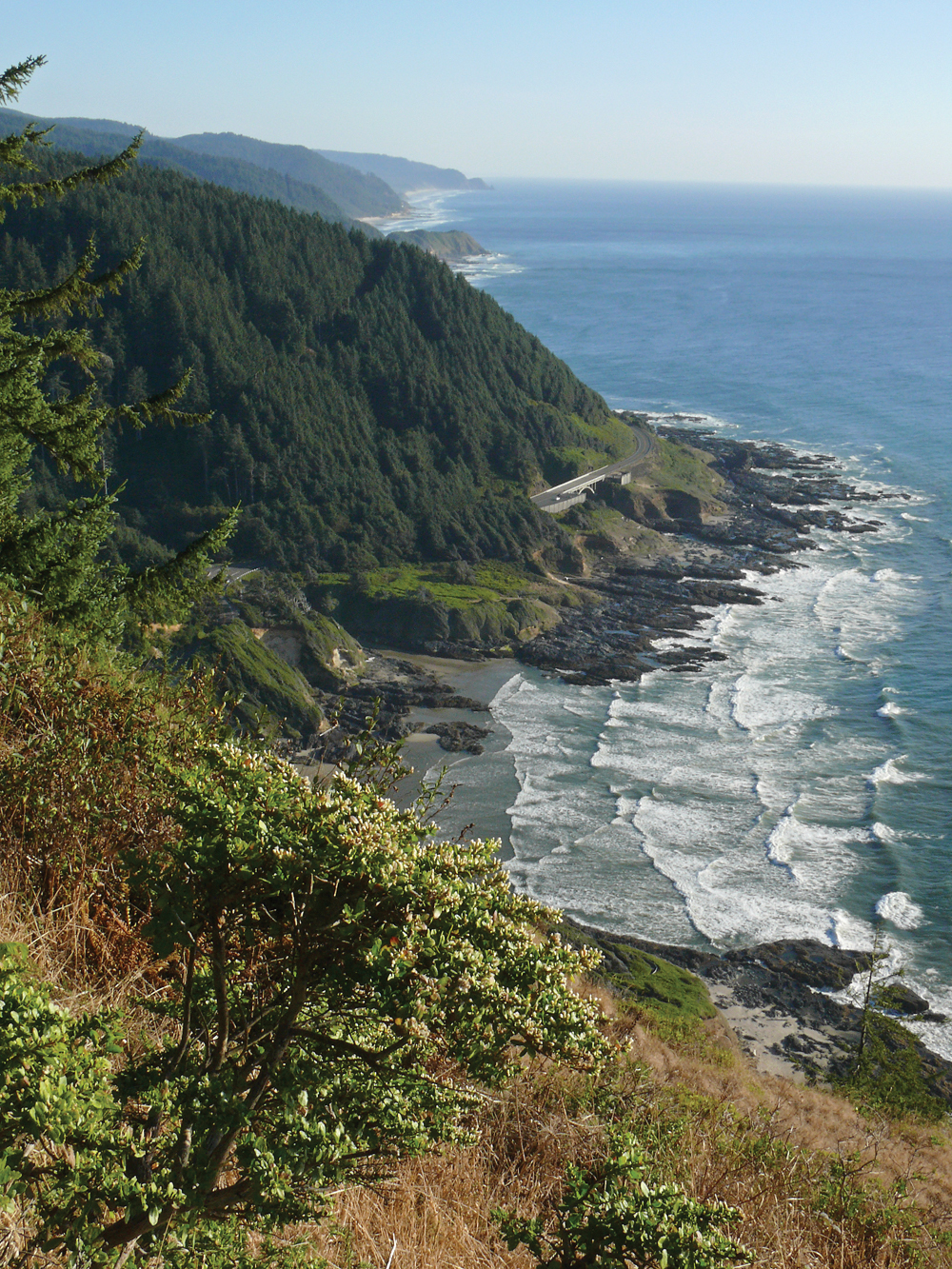 The winds were late last year, but when they did arrive, they blew harder and longer than normal. The result: a series of “bizarre events” in Oregon’s normally productive coastal waters. OSU marine biologists Jane Lubchenco and Bruce Menge say that early in the summer, water temperatures were as much as 10 degrees Fahrenheit warmer than normal. Phytoplankton productivity was down about 80 percent. Seabirds washed up on beaches. The Dungeness crab season opened late.
The winds were late last year, but when they did arrive, they blew harder and longer than normal. The result: a series of “bizarre events” in Oregon’s normally productive coastal waters. OSU marine biologists Jane Lubchenco and Bruce Menge say that early in the summer, water temperatures were as much as 10 degrees Fahrenheit warmer than normal. Phytoplankton productivity was down about 80 percent. Seabirds washed up on beaches. The Dungeness crab season opened late.
And when the winds finally kicked in, the system went into overdrive. Cold, nutrient-rich water flooded into the coastal zone from the deep sea. Phytoplankton proliferated, creating water the color of pea soup and leading to a loss of oxygen, a “dead zone.” The record crab harvest reflects a lag in biological response — it may take three to four years, the time it takes male Dungeness to reach commercial maturity, to see if last year’s events reduced the crab population.
Lubchenco and Menge hold the Wayne and Gladys Valley Chair in Marine Biology and lead the Partnership for Interdisciplinary Studies of Coastal Oceans (www.piscoweb.org), an ambitious West Coast marine research program involving scientists at OSU, Stanford, UC-Santa Barbara and UC-Santa Cruz. Last summer may be a preview of things to come, they say, as the global ocean system changes in response to increasing levels of greenhouse gases in the atmosphere.
Such changes call attention to the bounty that humans now reap from the world’s coastal oceans and to the risk that those resources now face. Commercial fisheries, recreational opportunities, wildlife, bustling coastal communities — all depend on a healthy ocean.
“Currently we manage fisheries, coastal development, forests, rivers, all individually. In reality all of those activities have impacts on the near-shore coastal ocean. We have to think about doing things differently, and that requires understanding how the ecosystem works and how it’s changing. That’s what PISCO does,” says Lubchenco.
The Valley endowment has provided stable support for Lubchenco’s and Menge’s internationally known work since 1995, helping them to leverage more than $50 million in additional research funds. “The Valley Chair has allowed us to dramatically expand and intensify our research efforts, and make new discoveries that would not have been made without the support of the Valley Foundation,” says Menge.
- Bruce Menge’s Web page
- Jane Lubchenco’s Web page
- The Wayne and Gladys Valley Chair in Marine Biology
- PISCO (Partnership for Interdisciplinary Studies of Coastal Oceans)
- College of Science
- Humans Dependent on Healthy, Resilient Oceans (OSU press release, 2-20-06)
- Lubchenco Recognized for Communication, Outreach Efforts (OSU press release, 2-15-06)
- Research Identified “Hot Spots” of Ocean Productivity (OSU press release, 7-11-05)
- Second Hypoxic Event off Oregon May Indicate New Trend (OSU press release, 8-09-04)
- $3.9 Million Grant Will Support Innovative Marine Program (OSU press release, 2-12-04)
- Help support Jane Lubchenco’s and Bruce Menge’s research.
